When one opens the news media today, the state of human civilization looks very dire - we are in the middle of the global pandemic, polarized politics, social unrests, and economic volatility. Yet, in the middle of these calamities, human beings still showcase ingenuity to invent and the power of collaboration to build. This week I have found out about ITER, a fusion reactor being built as a collaboration between 35 countries. (if you want some quantitative information to be impressed:
* it is a $65+ billion project;
* the temperatures in ITER’s tokamak will reach 150 million°C—or ten times the temperature at the core of our Sun;
* designed to produce a ten times return on invested energy 500 MW of fusion power from 50 MW
Fusion is the nuclear reaction that powers the Sun and the stars, is a potential source of safe, non-carbon emitting and virtually limitless energy. The goal behind the construction of ITER facility is to demonstrate the scientific and technical feasibility of fusion power to feed our ever-increasing energy needs.
In the heart of ITER is a tokamak is a device that uses a powerful magnetic field to confine hot plasma in the shape of a torus. (The term “tokamak” comes to us from a Russian acronym that stands for “toroidal chamber with magnetic coils.” тороидальная камера с магнитными катушками) and was initially conceptualized in the 1950s by Soviet physicists Igor Tamm and Andrei Sakharov. By the mid-1970s, dozens of tokamaks were in use around the world, but they have not reached practical fusion for large scale production. ITER facility is a promising facility to get us to promising new stable sources of clean energy.
And while I do think that updates on elections and state of the virus are important, I wish that we talked more frequently about our high aspirations of human civilization and the ability to collaborate to keep on pushing boundaries of new innovative approaches. To the future!
Further Research: The website - [ITER - the way to new energy] is super comprehensive
Watch: [ITER - the world’s largest puzzle (2020 version) - YouTube] - just to grasp the scale of the project
dørstokkmila “doorstep mile” - meaning that the first mile away from your front door is the hardest of all. The doorstep mile expresses the hesitation and perceived difficulty to start something (frequently something we have not done before).
Here are two works by the master at humor, allegory, and pointing out the follies of humanity, Peter Brueghel the Elder. They are similar in execution and style. But both showcase different food for thought and symbolism. The artist’s intention for the first work is more serious than simply to compile an illustrated encyclopedia of children’s games. Bruegel shows the children absorbed in their games with the seriousness displayed by adults in their apparently more important pursuits. The second painting presents the contrast between two sides of contemporary life, as can be seen by the appearance of the inn on the left side—for enjoyment, and the church on the right side—for religious observance. A lot of Bruegel’s paintings are rich in allegories and symbolism. To appreciate them the viewer has to pay attention for longer than usual ‘museum walk-through’ scanning.
Children’s Games by Peter Bruegel
The Battle Between Carnival and Lent by Peter Bruegel
When we see something beautiful, it seems like the first reflex is the desire to own it. Hence frequently contemporary conversations about art involve price and ownership. These days augmented reality (AR) technology is getting so good that I can get the above mentioned Peter Bruegel’s painting into my living room without paying a dime or traveling to Vienna. Hence, is art acquisition relevant?
Google’s Arts and Culture App - Art Projector function: [How to Use Your Phone to Virtually Display Art | The Getty Iris]
Chair flying: is a very effective ground-based learning technique that has long been advocated by flight instructors. The student, sitting in a chair or perhaps in the cockpit of an aircraft on the ground, mimics the control inputs for a maneuver to reinforce the connection between knowledge and motor skill. No special equipment is needed to practice chair flying — all you need is a comfortable seat, an open mind and a willingness to learn!
Roger Caillois was a French intellectual who had developed theories on cultural and anthropological effect of games. He had declared that games are a a cultural product and see play as the “civilizing element of culture.” He outlines four types of games and below are the examples how each type translates into social activities, institutions and corruption. The left column shows the controlled version of the game while the right shows another extreme manifestation of the same game.
Further Reading: [Games, Videogames, and the Dionysian Society]




![Google’s Arts and Culture App - Art Projector function: [How to Use Your Phone to Virtually Display Art | The Getty Iris]](https://images.squarespace-cdn.com/content/v1/5badfa2ef8135a3bb3c5dc34/1597618328509-5RY0OP4VANBVRWNEBHGP/643x0w.jpg)



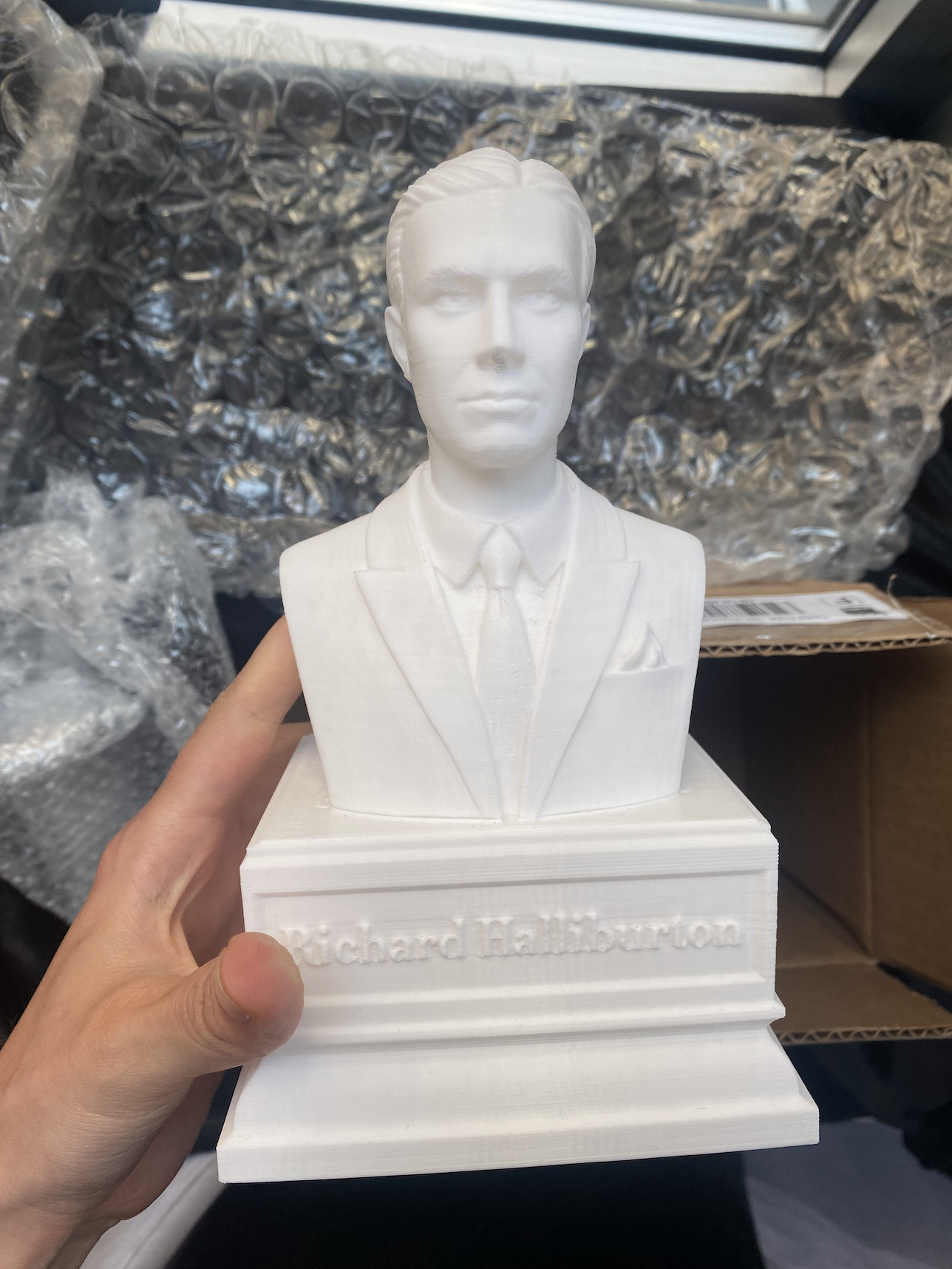

![DIEGO VELÁZQUEZ, /LAS MENINAS/, 1656, FROM THE COLLECTION OF MUSEO NACIONAL DEL PRADO IN MADRID.Futher reading: [Why Diego Velázquez’s Las Meninas Is One of the Most Important Paintings in Art History]](https://images.squarespace-cdn.com/content/v1/5badfa2ef8135a3bb3c5dc34/1597025639006-UWEUHZIOSDH3A5Y9CLII/90.jpg)


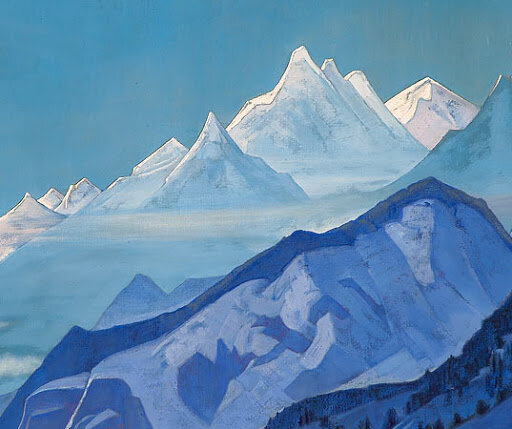




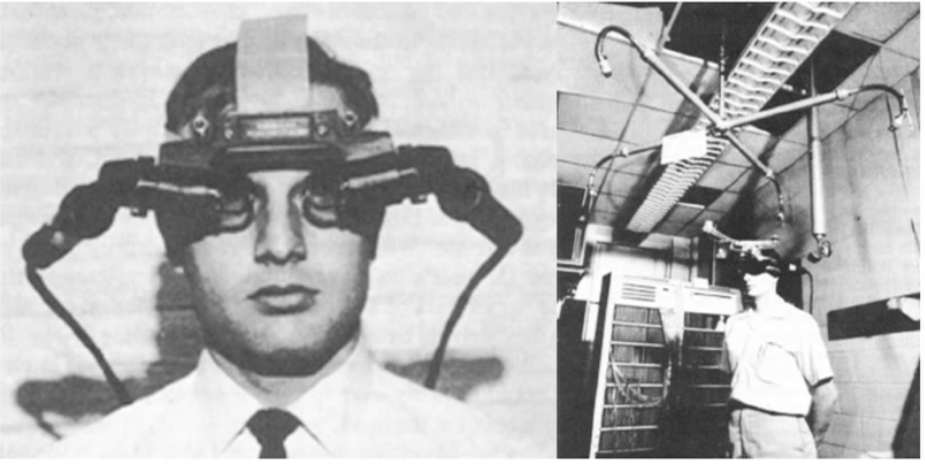






](https://images.squarespace-cdn.com/content/v1/5badfa2ef8135a3bb3c5dc34/1594588743792-50N28SC3DONX1RDL3E8H/Screen+Shot+2020-07-11+at+9.00.09+PM.png)

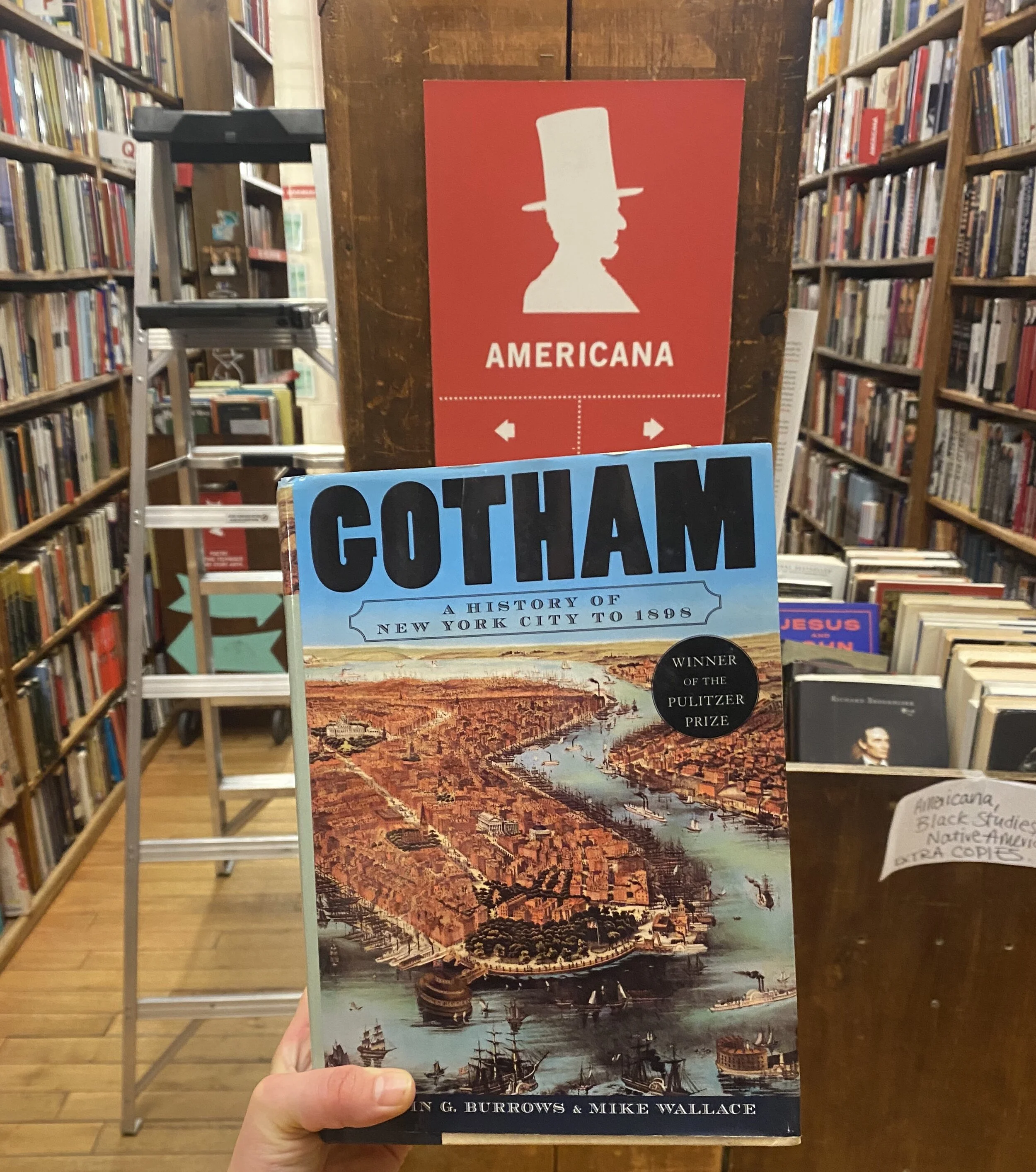
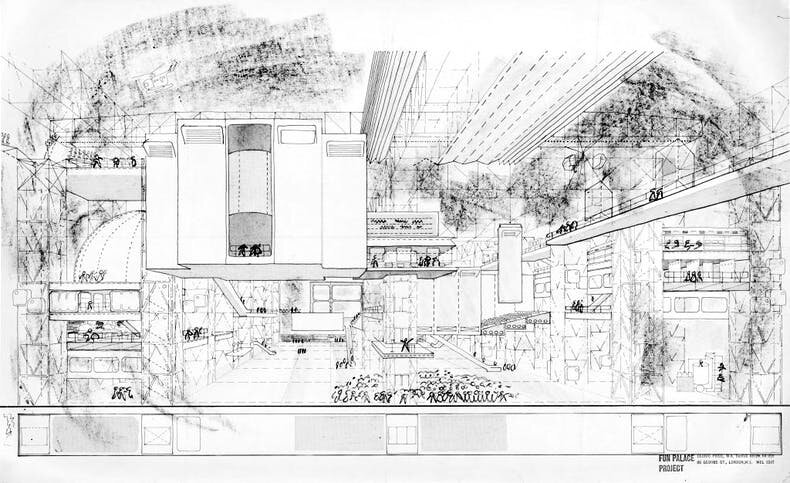





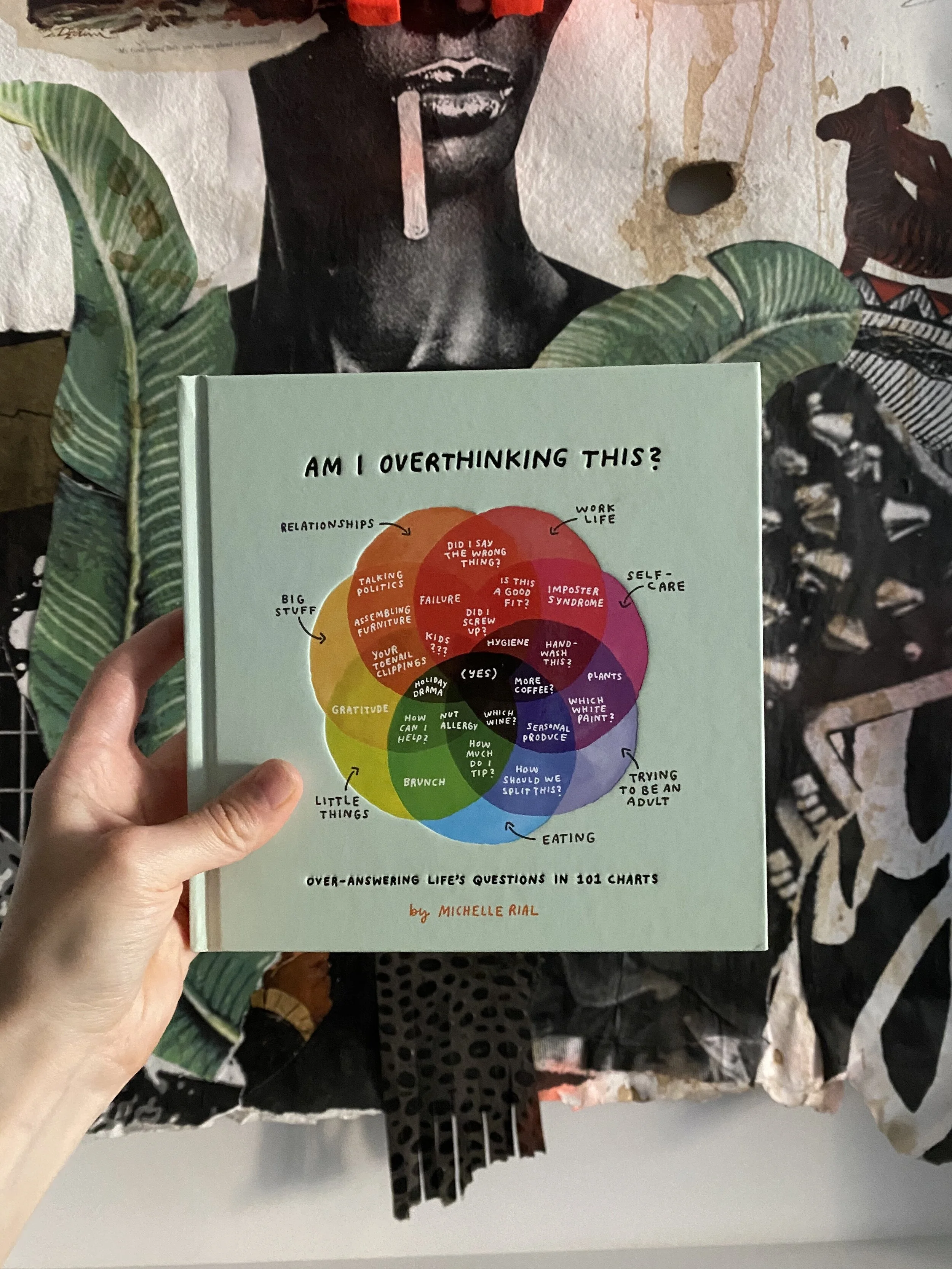
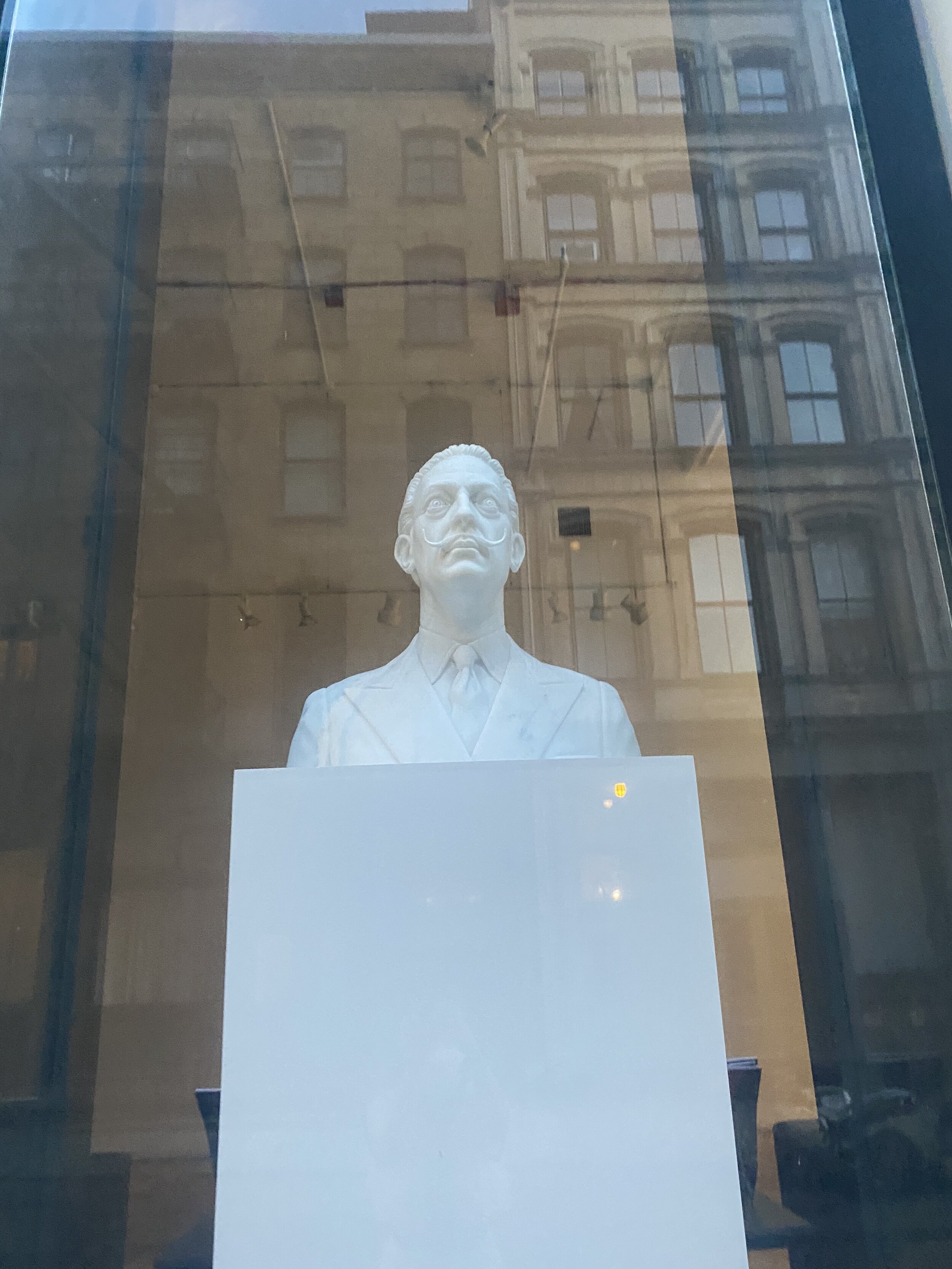
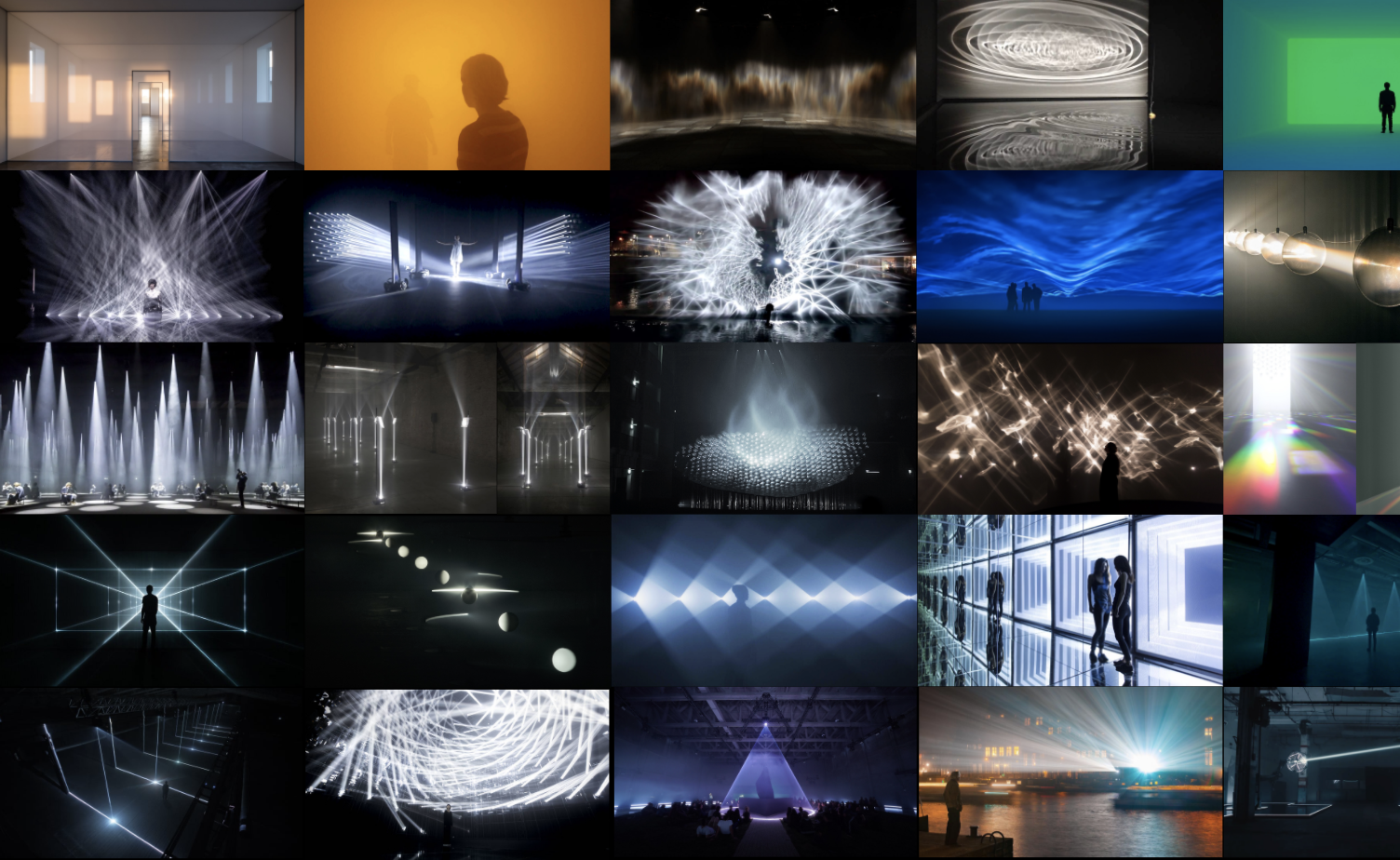


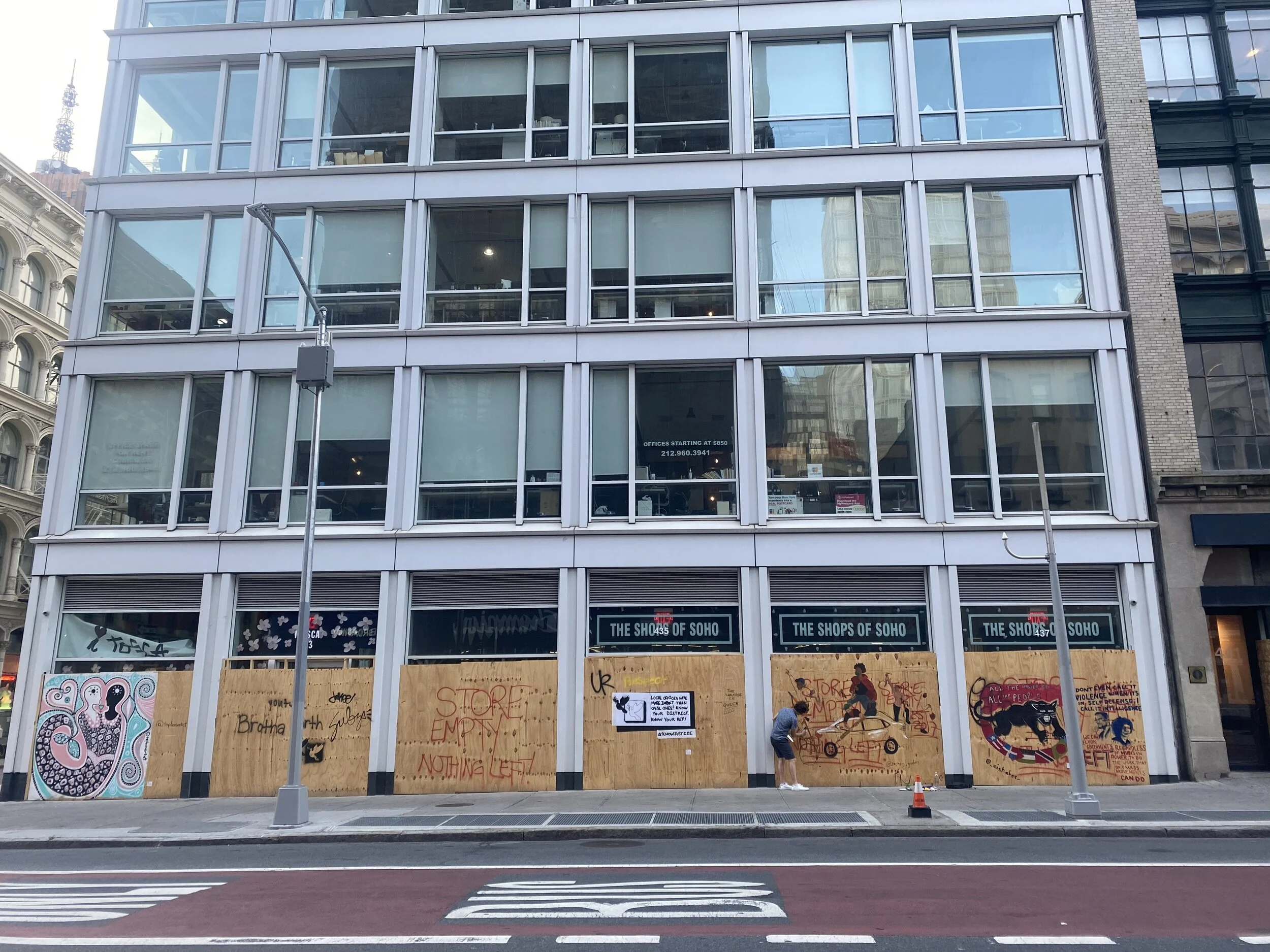




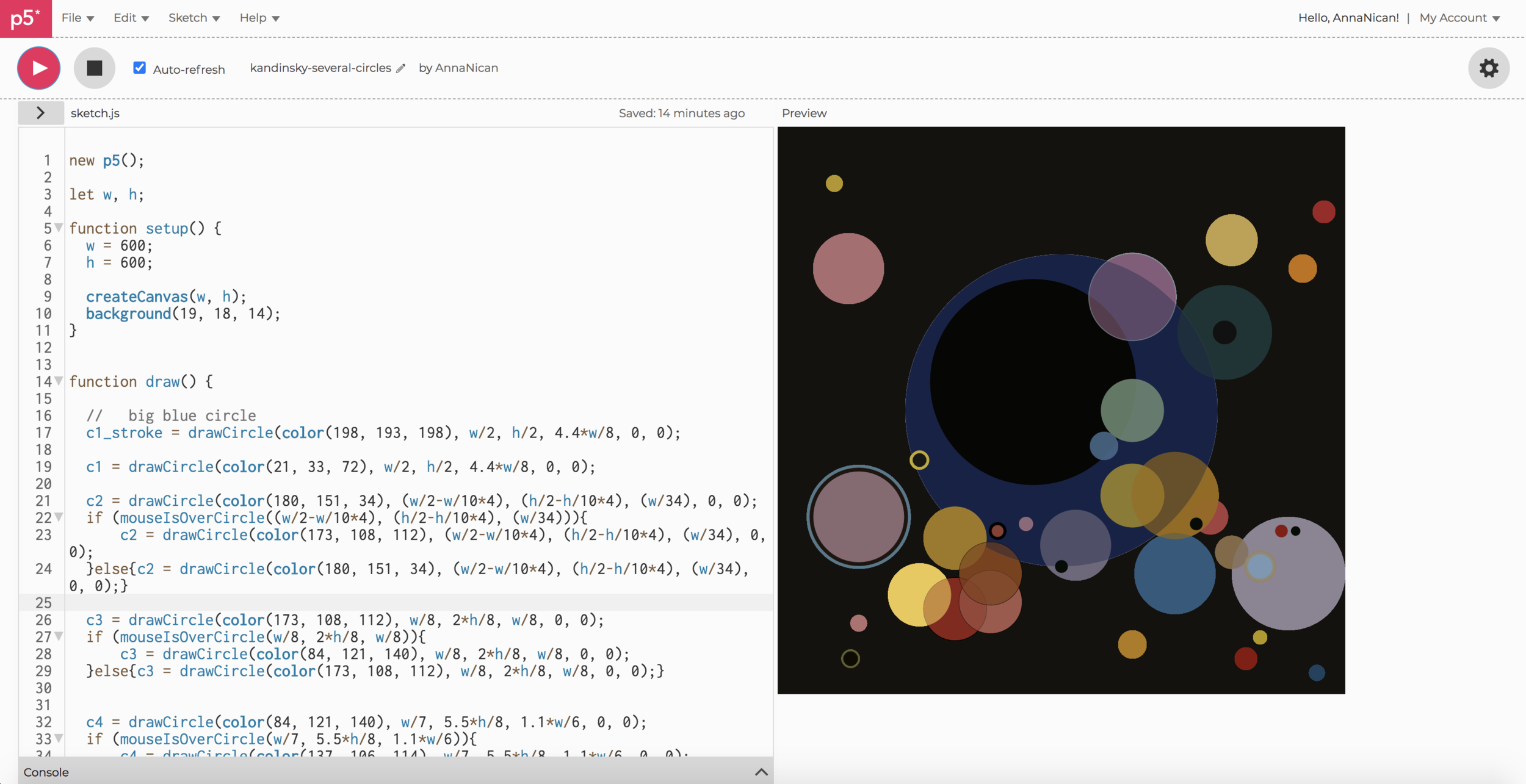

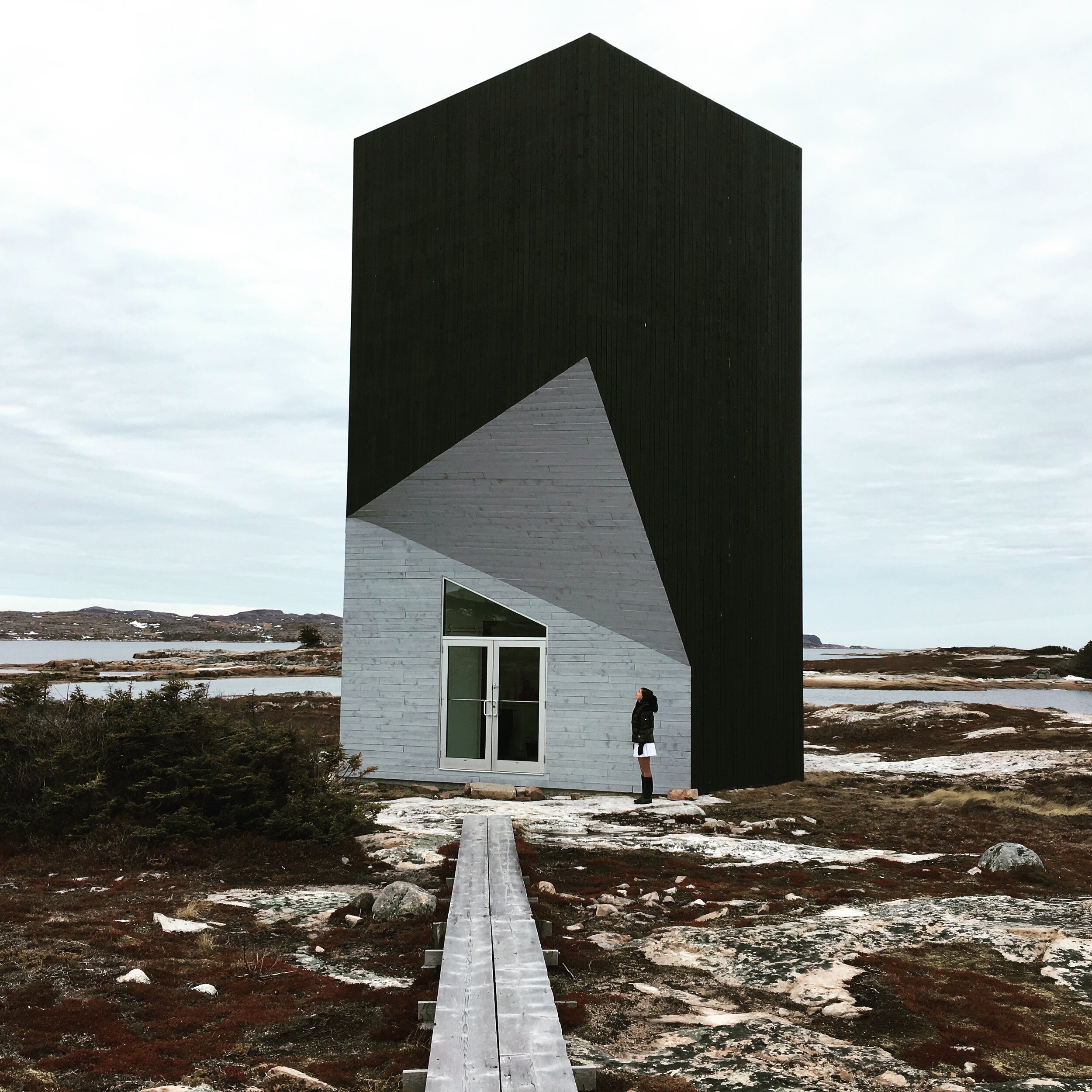

](https://images.squarespace-cdn.com/content/v1/5badfa2ef8135a3bb3c5dc34/1591579431807-M7AY03O6QBWULTJHYHAD/unnamed.jpg)

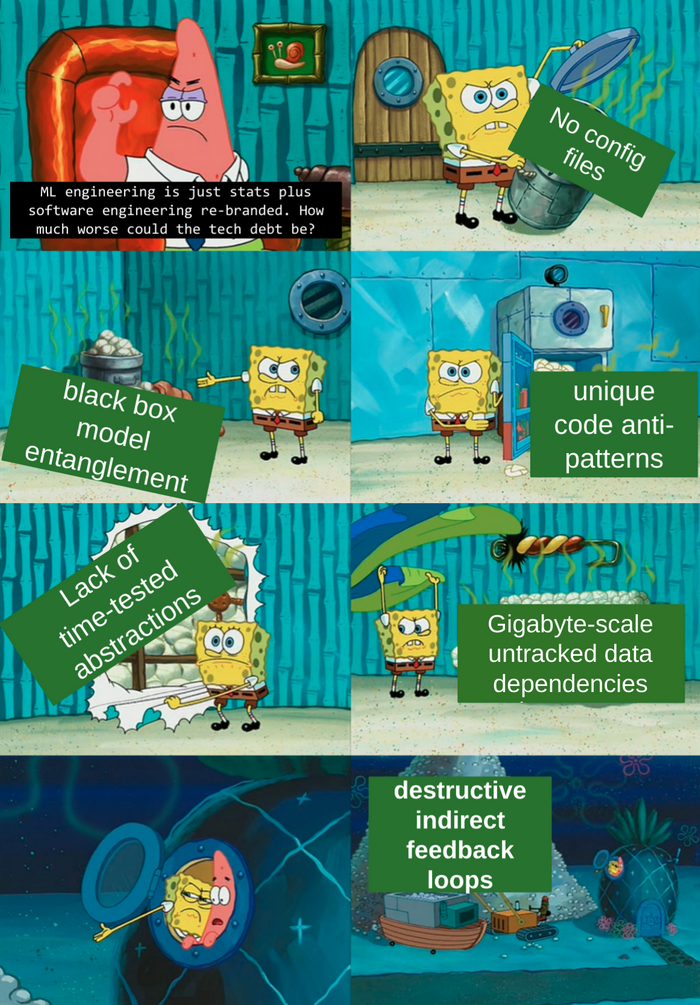


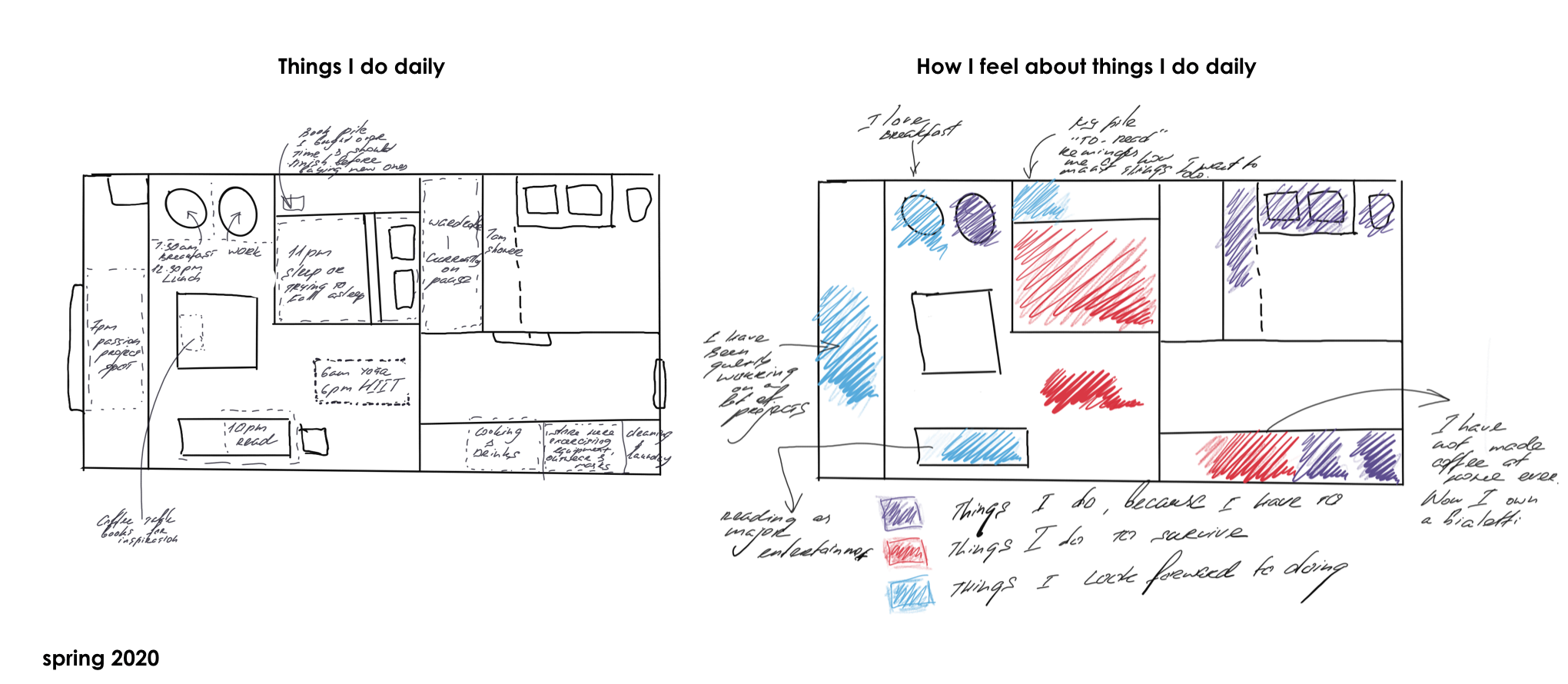

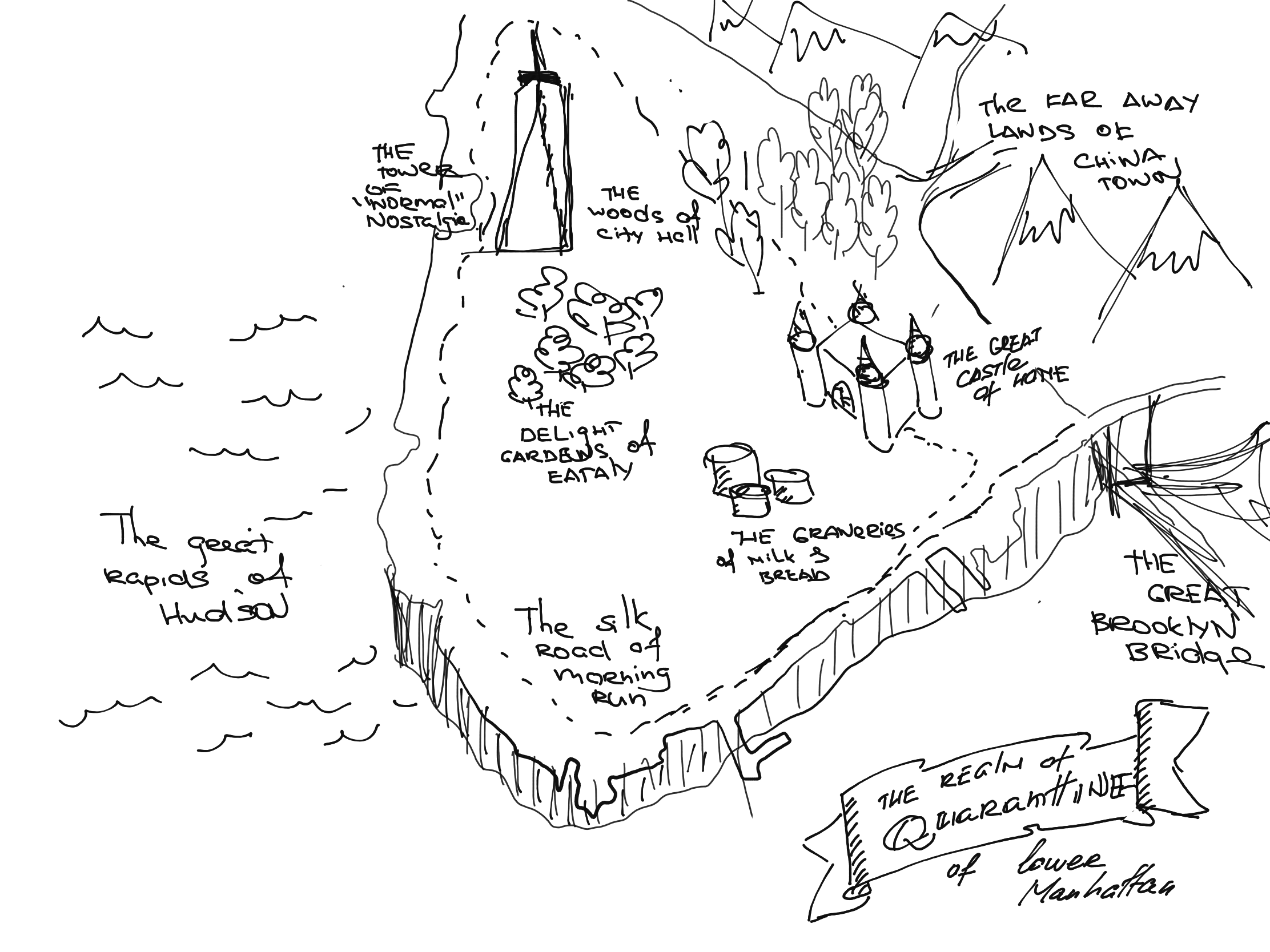


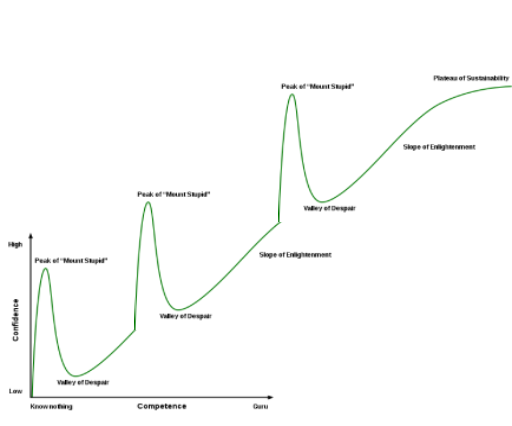





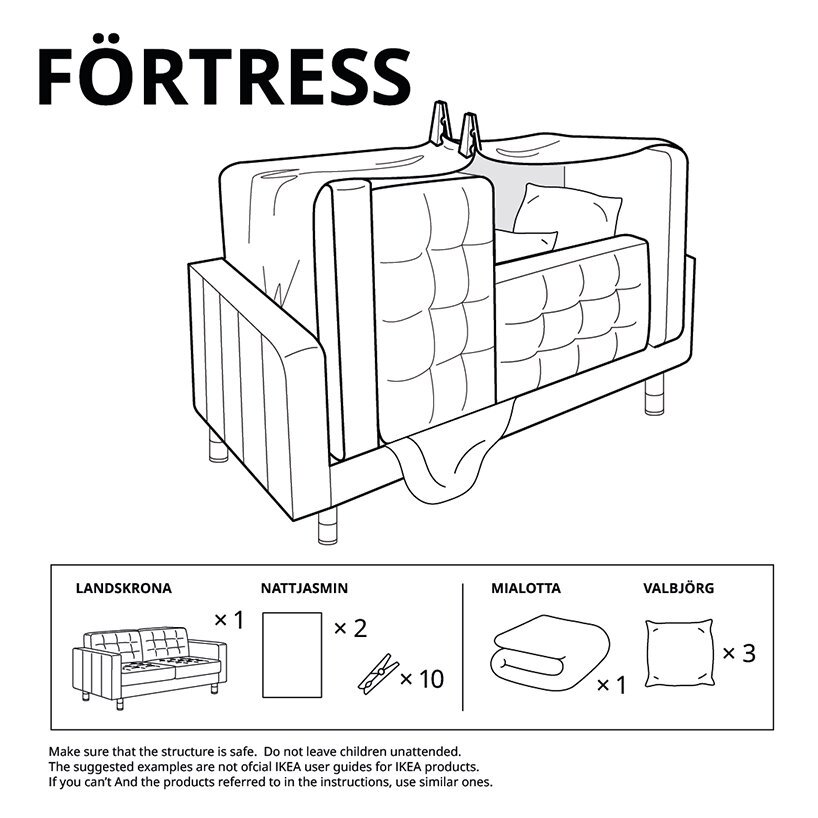

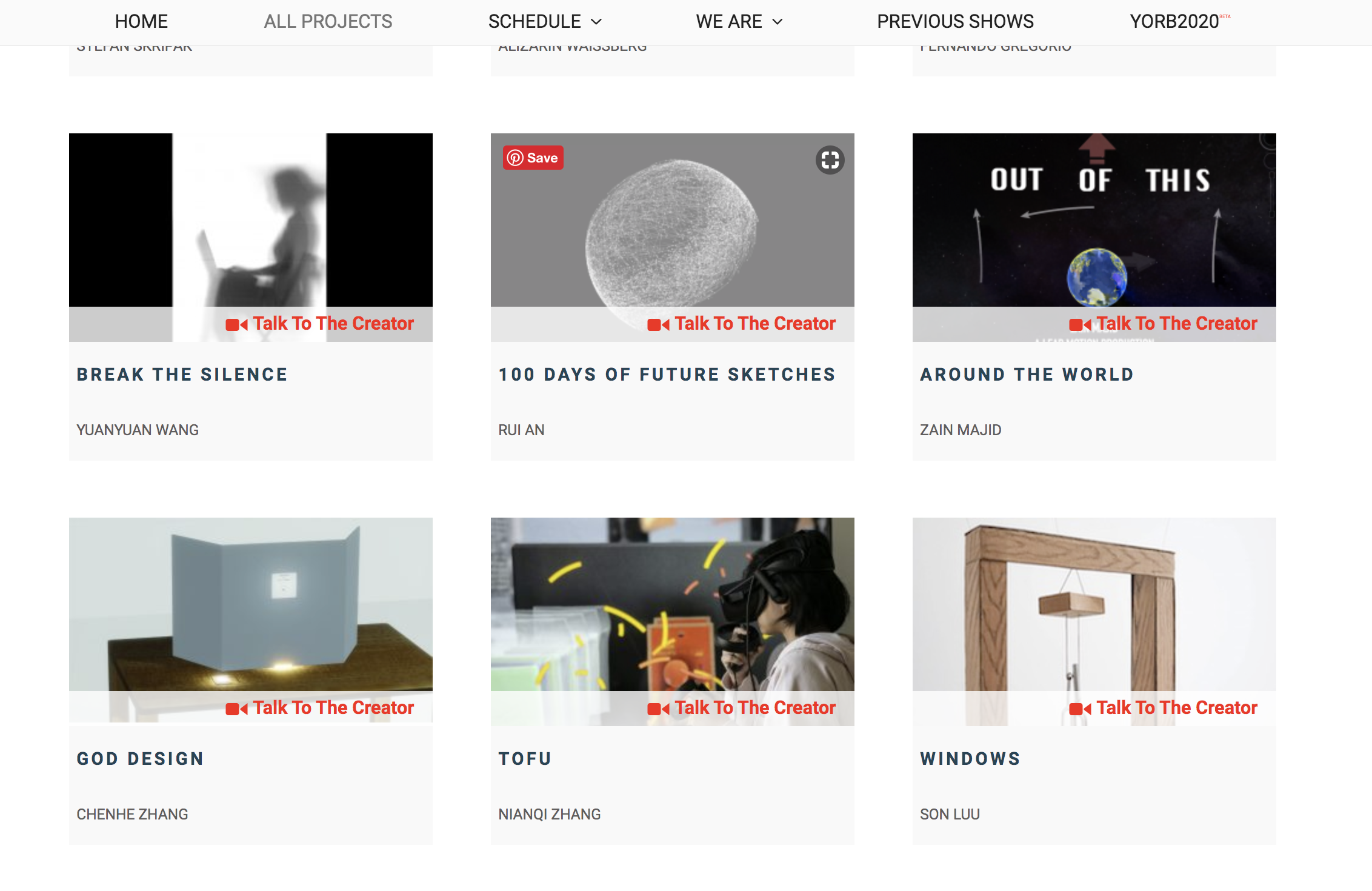












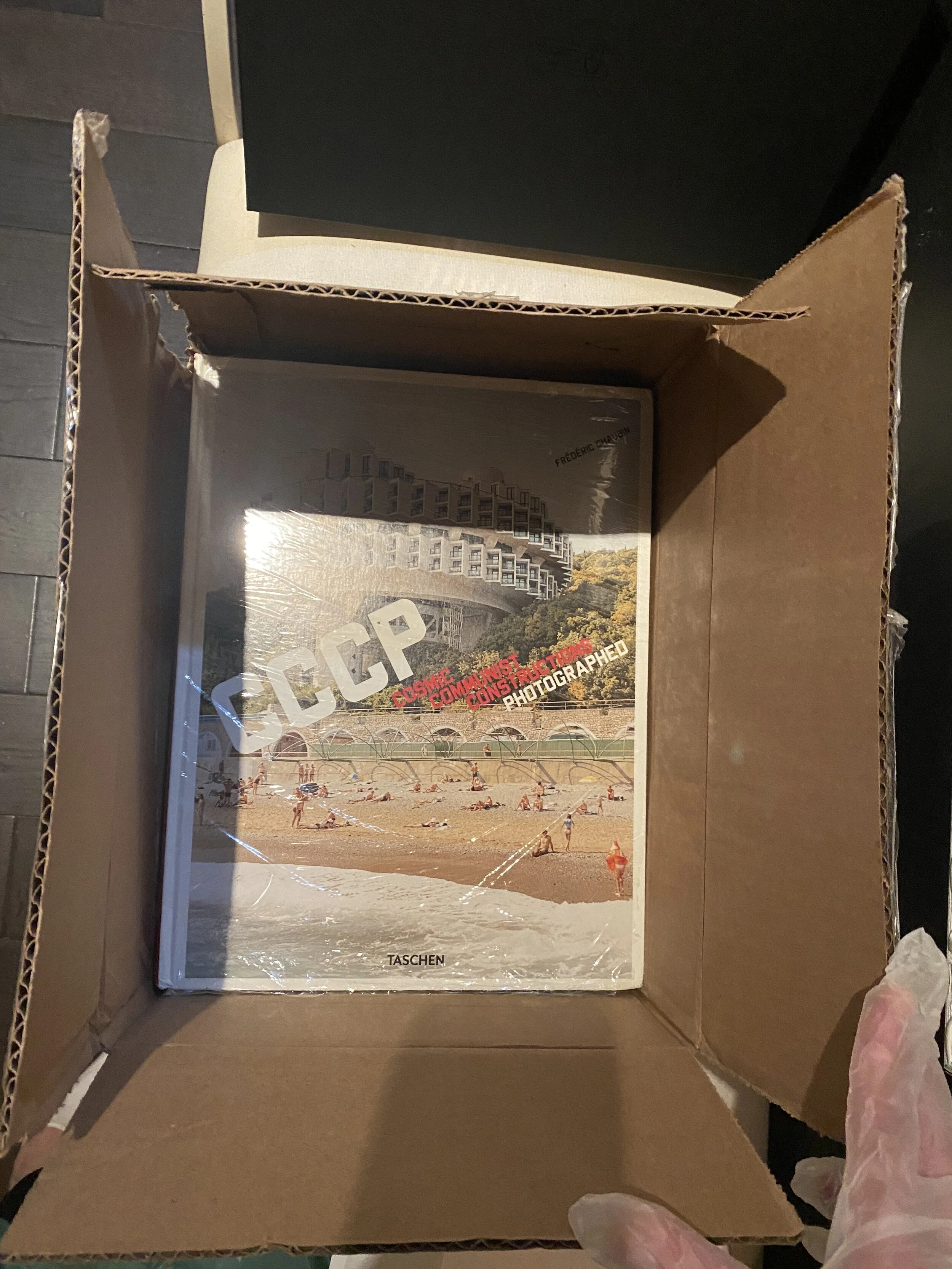




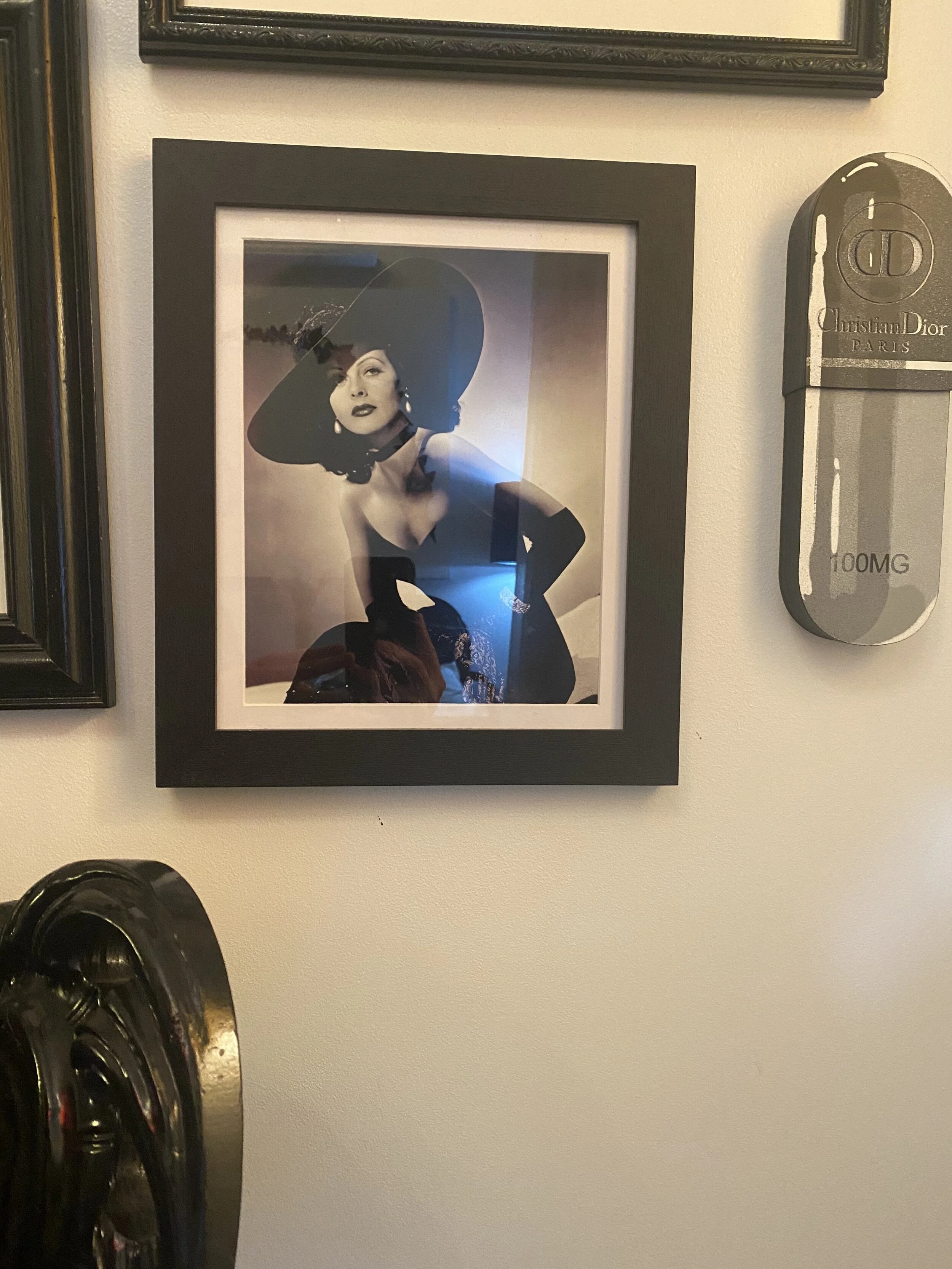




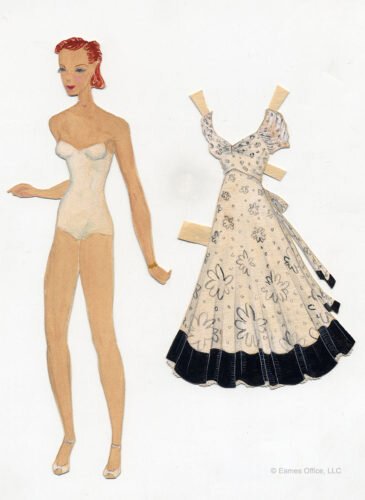





](https://images.squarespace-cdn.com/content/v1/5badfa2ef8135a3bb3c5dc34/1586138876852-HS7HY9EDE11VOQ54AVPS/DeliveryManagerServlet.jpg)


